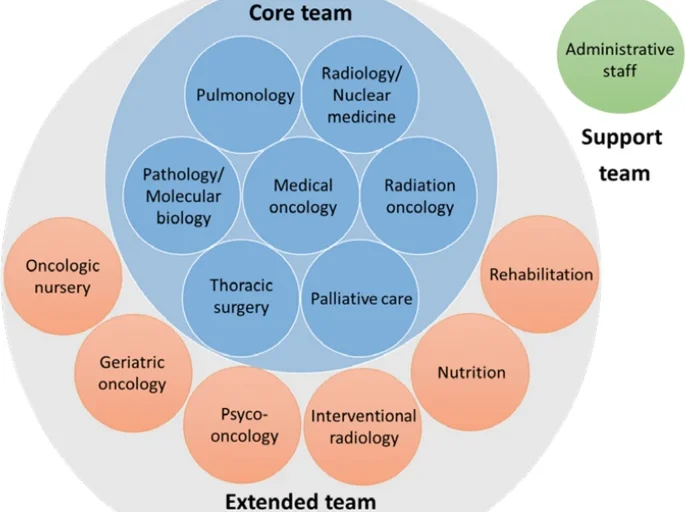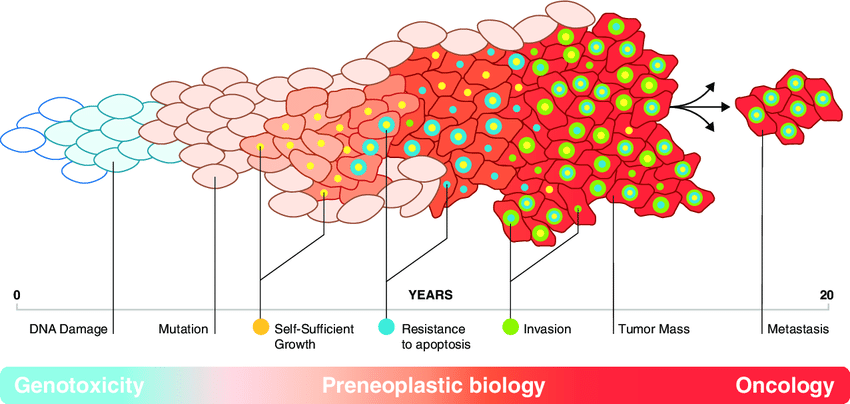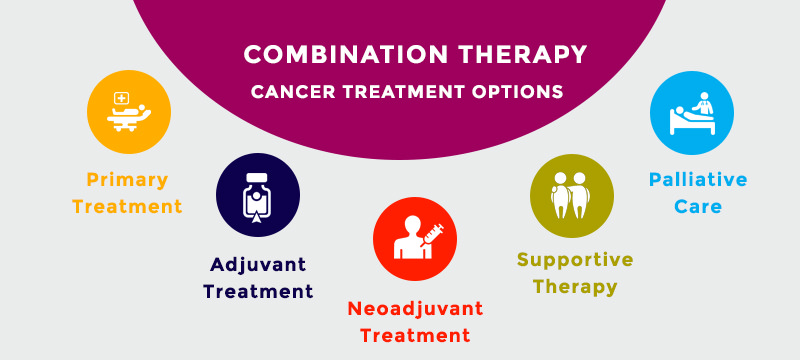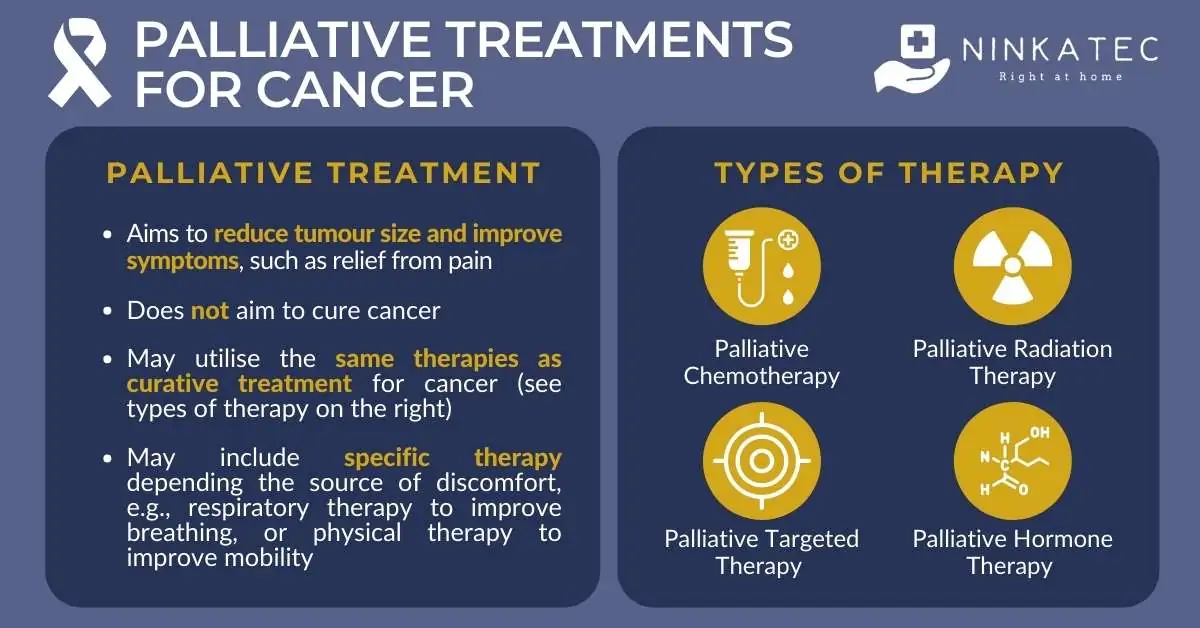By Frangiska Mylona,
In the previous article, the steps towards the diagnosis of tumors were analyzed in scrutiny. To summarize, cancer is a multifactorial disease that exhibits different molecular and various pathophysiological patterns for each patient. Therefore, the treatment approach needs to be personalized, and is thus conducted by a multidisciplinary team of professionals for the benefit of the patient.

In general, tumor cells have the ability to escape the body’s normal regulatory mechanisms and to behave in their own “uncontrolled” manner. Specifically, the transformation of “normal” cells into tumor cells includes: their ability to generate their own growth signals and their insensitivity against the organism’s anti-growth factors, allowing them to avoid apoptosis. Also, these cells divide limitlessly and can promote angiogenesis in order to receive important nutrients for their survival. Lastly, in later stages, they may have the ability to invade different tissues and metastasize through the lymphatic system or hematogenously to distant tissues, or by direct contact to neighbor tissues. Therefore, the treatment towards cancer tries to interfere in these pathways in order to kill these cells.

The therapeutic approach against cancer is divided into three main categories: the adjuvant therapy, the neoadjuvant therapy, and the palliative one. These types of treatments are chosen depending on the stage of cancer, the tumor’s biology, as well as on the patient’s condition regarding the ECOG scale.

The adjuvant therapy is performed after the primary treatment, for example after surgery, in order to prevent the relapse of the disease. It is also possible, by this approach, to eliminate metastasis. Some of the types of the adjuvant therapy are chemotherapy and radiotherapy.
About the neoadjuvant therapy, this is a type of treatment aiming to down-stage the disease. It is a common approach for locally advanced or advanced tumors and it involves chemotherapy, radiotherapy, hormonal therapy, targeted therapy, as well as immunotherapy. After performing these types of therapies, the main treatment like surgery can be conducted more effectively, since there are high chances for the tumor’s size to be reduced and to be resected more easily.
Lastly, palliative treatment is all about the improvement or, even, the suppression of the symptoms, offering analgesia and improving the patient’s quality of life. This approach involves all the methods (chemotherapy, radiotherapy, targeted therapy, hormonal therapy and immunotherapy) that were mentioned above. It is very beneficial in metastatic or advanced tumors, even though it is not about curing, but for the alleviation of the unpleasant manifestations of cancer.

In this and the following articles, the aforementioned systematic therapy options will be reviewed, since each of them has a different way to kill the tumor cells.
Chemotherapy is an aggressive form of treatment that is able to destroy the rapidly growing cells of the body. This, unfortunately, means that it can kill not only the cancer cells but also the healthy rapidly dividing cells like hair cells, skin cells etc., causing severe side effects. It is divided into two big categories; the cell-cycle specific agents, the cell-cycle non-specific agents and the combination between these two categories.
The cell-cycle phase, specifically, is subdivided into three categories; the antimetabolites, like the pyrimidine inhibitors, including 5-fluorouracil and the folate antagonists like Methotrexate, which can cause as side effects peripheral neurotoxicity, myelosuppression, as well as megaloblastic anemia. The other category is the antitubulines, which block mitosis, since they cease the formation of the mitotic spindles, which are the Taxanes (Docetaxel) and Vinca akaloids (Vincristine). Lastly, there are the topoisomerase I or II inhibitors that can also induce myelosuppression along with diarrhea.
The cell-cycle non-specific agents are the drugs that kill cells in all the cell cycle phases. In this category are included the alkylating agents like the nitrogen mustards (Cyclophosphamide) and platinum (Cisplatin), which can also cause peripheral neurotoxicity. The best mode of administration of this type of drugs are as boluses.
The combination drugs between these two categories are the anthracycline antibiotics (Epirubicin) which can cause cardiotoxicity.
References
- Introduction to Medical Oncology. Systemic therapies- Chemotherapy, Hormonal therapy, Targeted therapy, Immunotherapy. Lectures from the Oncology department of the Medical University of Sofia.
- Suzanne Baron, Christoph Lee. “Lange Pharmacology Flashcards, Fourth Edition“. McGraw Hill / Medical. New York. 2017.




